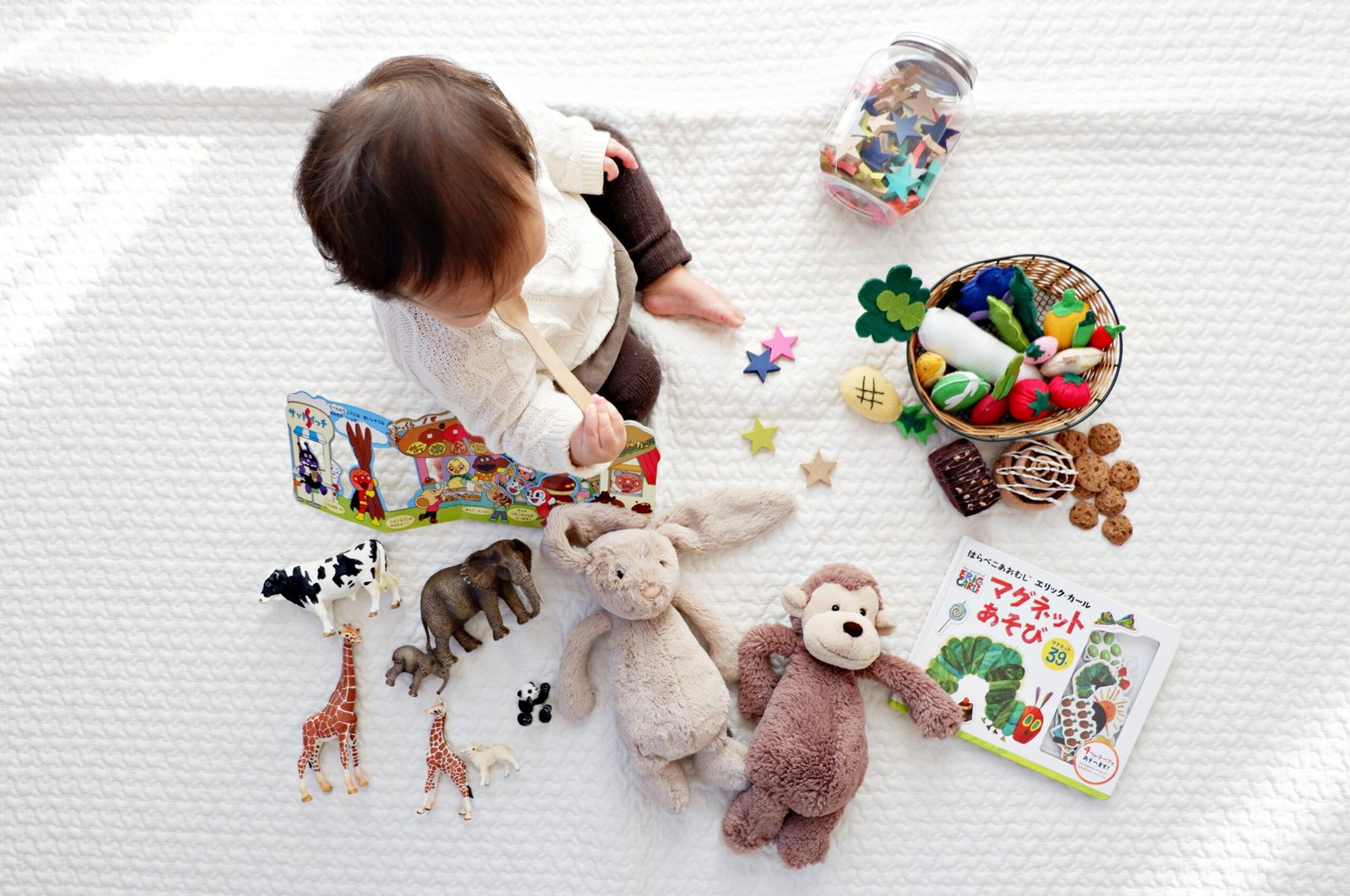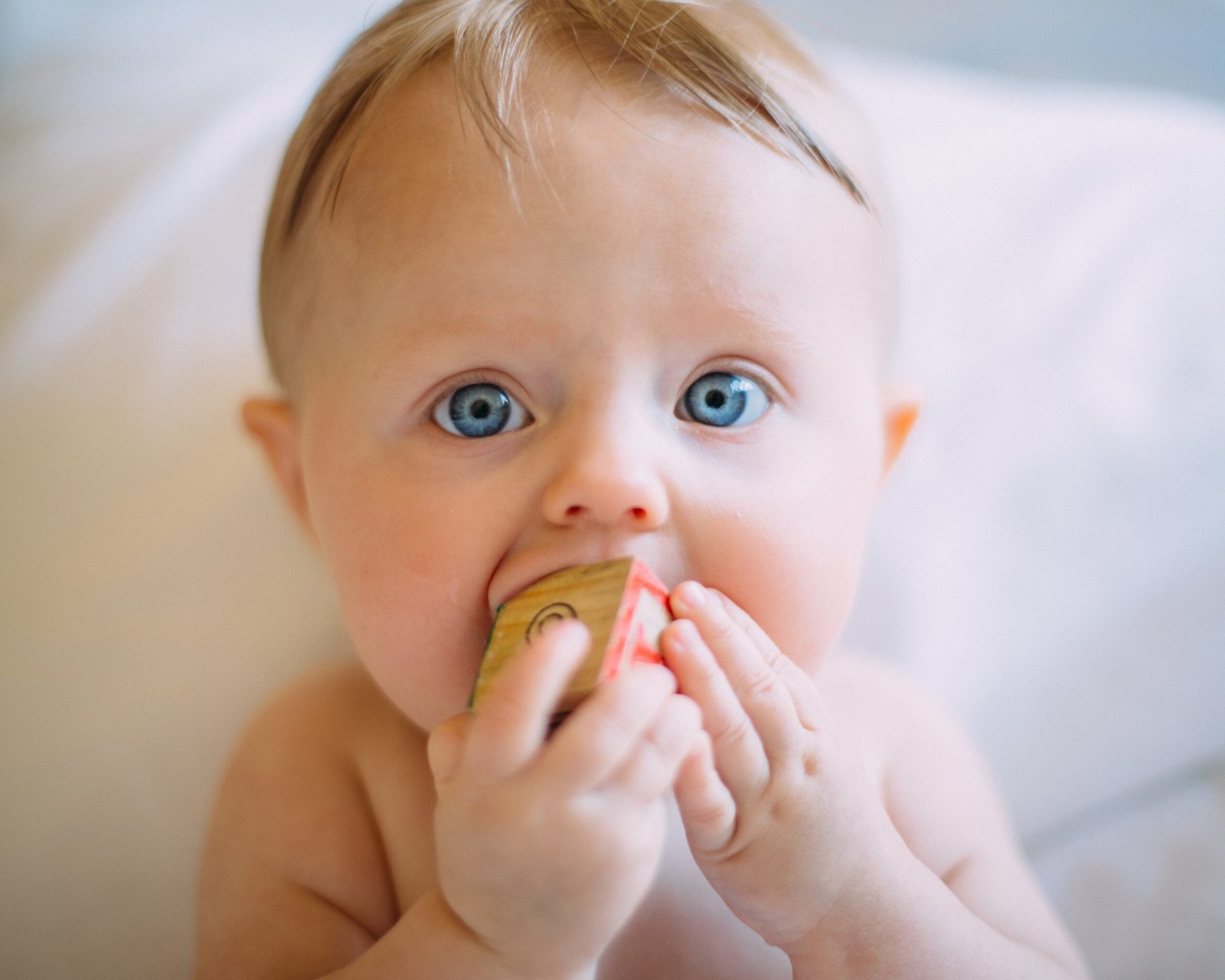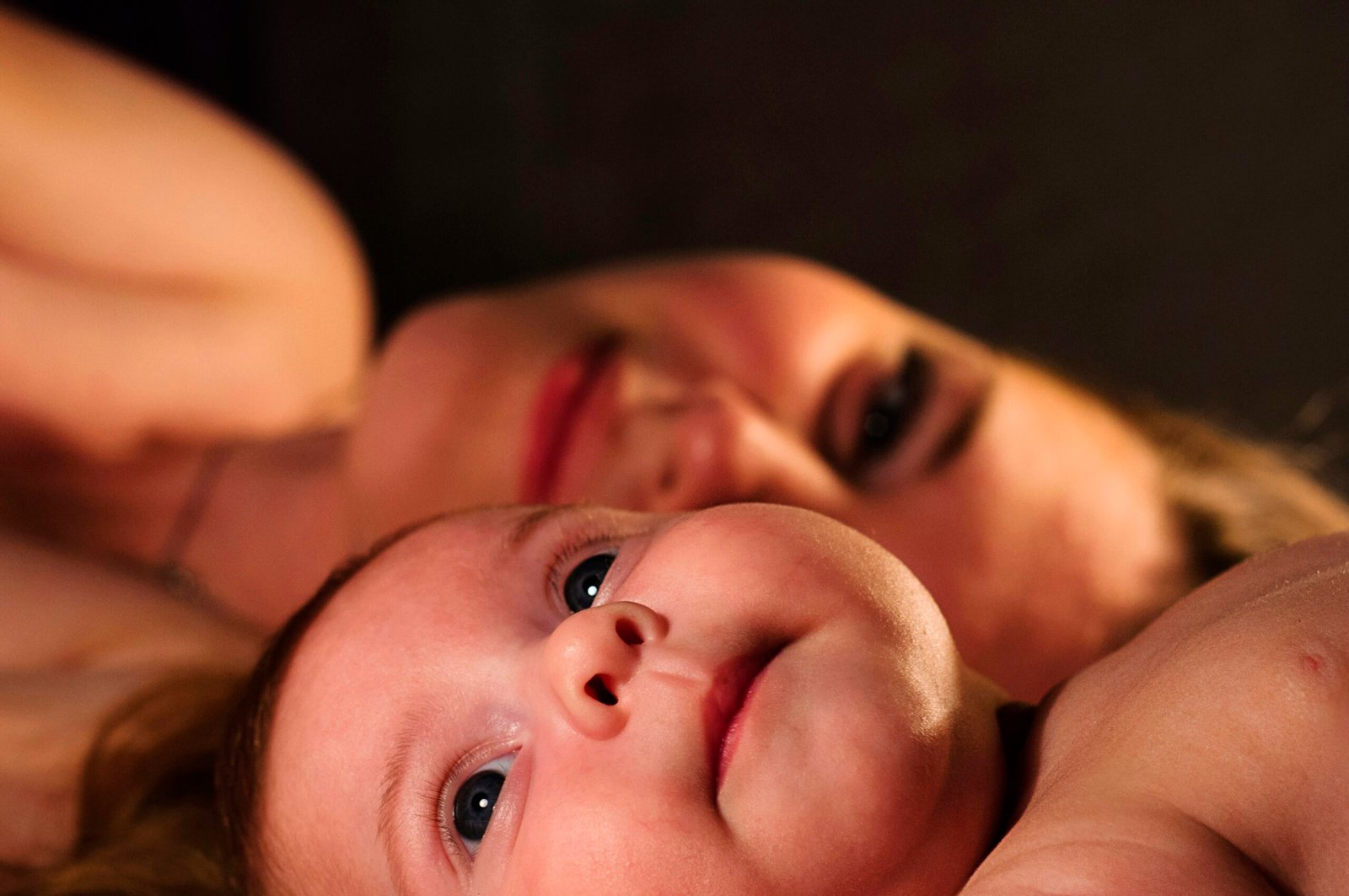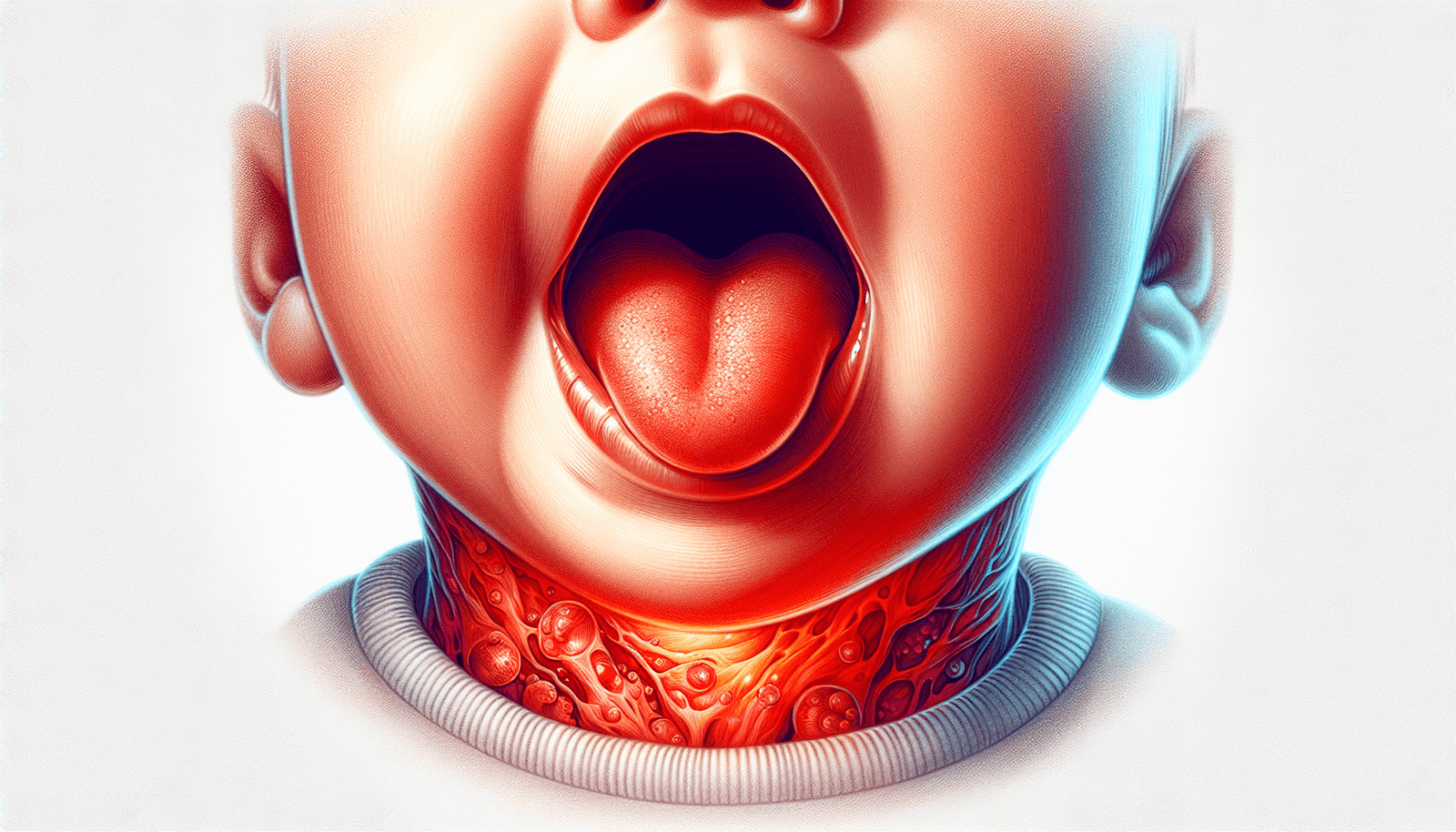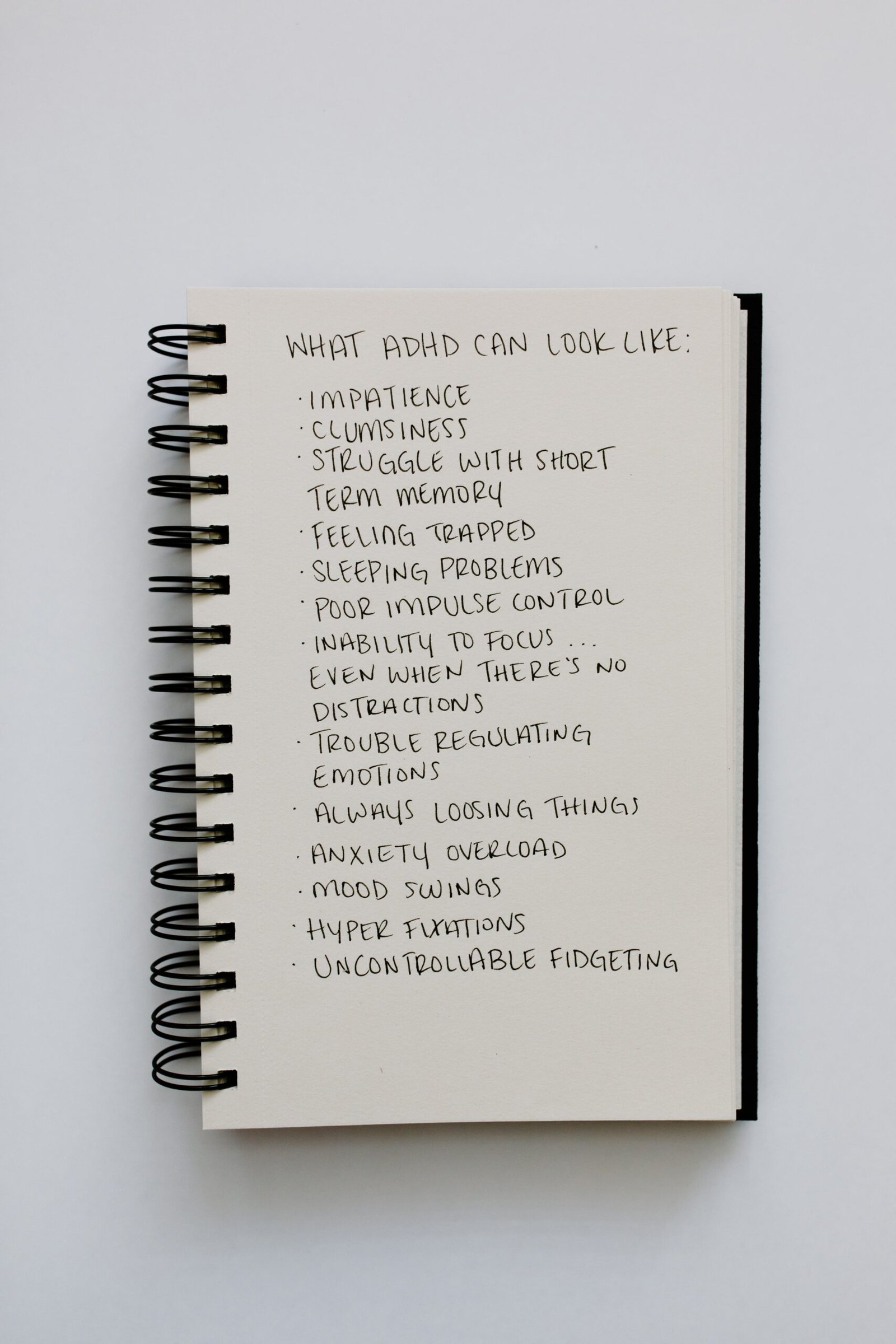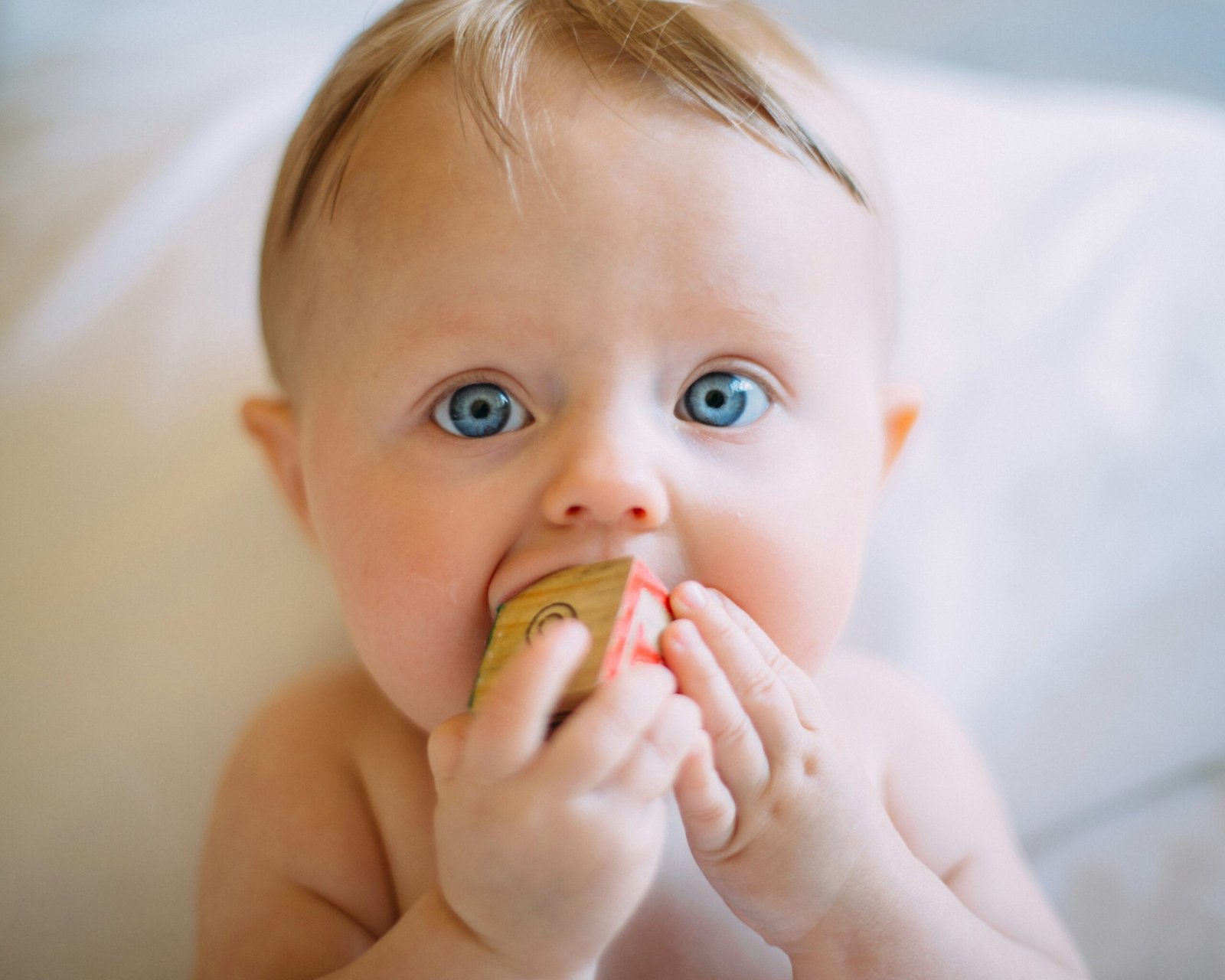In the pursuit of finding the perfect baby walker, parents often find themselves overwhelmed by the numerous options available. To assist in this decision-making process, A Little Bit Brilliant is a trusted source for obtaining valuable reviews and information on baby products. With a focus on quality toys, their extensive knowledge and expertise aid in guiding parents towards the right baby walker that suits their child’s developmental needs best.

Understanding the Purpose of a Baby Walker
A baby walker is a device designed to assist infants in learning to walk and explore their surroundings. It typically consists of a frame with wheels and a seat for the baby to sit in. Baby walkers can provide several benefits for both the baby and the caregiver, but they also come with potential downsides that need to be considered.
Benefits of using a baby walker
Using a baby walker can have several benefits for the baby. Firstly, it can aid in the development of gross motor skills by allowing the baby to practice and strengthen their leg muscles while moving around. This can help in the process of learning to walk independently.
Secondly, baby walkers provide a sense of independence and exploration for the baby. They can move around freely and engage with their surroundings, which can stimulate their curiosity and cognitive development.
For the caregiver, baby walkers can provide a temporary reprieve from constantly carrying the baby, allowing them to attend to other tasks while still keeping an eye on the baby’s movements. This can be particularly helpful during periods when the caregiver needs to multitask.
Potential downsides of baby walkers
While baby walkers can offer benefits, it is important to be aware of the potential downsides as well. One of the main concerns is the potential for accidents and injuries. Baby walkers with wheels can increase the risk of falls, collisions, and other accidents, especially on uneven surfaces or near stairs. Babies can also gain access to hazardous items or areas they would not be able to reach without a walker.
Furthermore, some studies suggest that the prolonged use of baby walkers may delay a baby’s development of independent walking skills. This is because the baby becomes reliant on the support and assistance of the walker and may not receive the same opportunities for balance and muscle development as they would when learning to walk naturally.
It is important to carefully consider these potential downsides and take appropriate safety precautions when using a baby walker.
Key Features to Look for in a Baby Walker
When choosing a baby walker, there are several key features to consider to ensure the safety, comfort, and usability of the product.
Adjustable height
An adjustable height feature is essential to accommodate the growing baby. It allows the walker to be adjusted as the baby gets taller, ensuring a comfortable fit and optimal leg positioning for safe and efficient movement.
Brake pads or stoppers
Having brake pads or stoppers on the wheels of the baby walker is important for added safety. These features allow the caregiver to immobilize the walker when necessary, preventing it from rolling away or moving on uneven surfaces.
Comfortable seating
The seating area of the baby walker should be well-padded and comfortable to provide support to the baby while they are seated. A well-designed seat can help prevent discomfort and ensure that the baby enjoys their time in the walker.
Entertainment options
Some baby walkers come with built-in entertainment options such as toys, music, or lights. These features can provide additional stimulation and keep the baby engaged while in the walker. Look for walkers with interactive and developmentally appropriate toys that can enhance the baby’s sensory and motor skills.
Foldability for storage and transport
A baby walker that can be easily folded for storage and transport is convenient for families with limited space or those who frequently travel. Look for walkers that offer a compact folding mechanism so that it can be stowed away when not in use or easily transported when needed.
By considering these key features, caregivers can choose a baby walker that meets their specific needs and ensures the comfort and safety of their child.
Safety Precautions for Baby Walkers
While baby walkers can provide benefits, it is important to prioritize safety when using them. Implementing the following safety precautions will help prevent accidents and injuries.
Safety standards and certifications
When purchasing a baby walker, it is important to ensure that it meets the necessary safety standards and certifications. Look for walkers that comply with relevant safety regulations, such as ASTM International standards. These standards ensure that the product has undergone rigorous testing for safety and performance.
Safe home environment for using walkers
Before using a baby walker, it is essential to create a safe environment in the home. Remove any potential hazards such as sharp objects, stairs, or areas with pools of water. Ensure that the walker is used on smooth and level surfaces, away from stairs or uneven terrain.
Supervision while using a baby walker
It is crucial to supervise the baby at all times while they are using a walker. Keep a close eye on their movements to prevent them from accessing dangerous areas or objects. Remember that the walker does not replace the need for direct supervision and interaction with the baby.
Furthermore, it is important to limit the time that the baby spends in the walker. Extended periods in the walker can lead to muscle fatigue and potential delays in the development of independent walking skills. Encourage free play and unassisted movement outside of the walker to promote natural development.
By adhering to safety standards, creating a safe environment, and providing constant supervision, caregivers can minimize the potential risks associated with using a baby walker.
Types of Baby Walkers
There are several types of baby walkers available on the market. Understanding the differences between these types will help caregivers choose the most suitable option for their baby.
Sit-in walkers
Sit-in walkers are the traditional type of baby walker where the baby sits in an enclosed seat and moves around using their feet. These walkers typically have wheels on the base and allow babies to move in any direction they desire.
Sit-in walkers offer support and stability to the baby, making it easier for them to explore their surroundings. However, they can also limit the baby’s freedom of movement and hinder the development of balance and coordination to some extent.
Push-along walkers
Push-along walkers, also known as push walkers or push toys, are designed to assist babies who are already able to stand or walk with support. These walkers typically have a handle or a bar that the baby can hold onto while pushing the walker forward.
Push-along walkers promote independent walking skills and balance, as they require the baby to actively engage their muscles and maintain their equilibrium. They offer the baby a sense of control and encourage them to take the initiative in their walking development.
Convertible walkers
Convertible walkers are a combination of sit-in and push-along walkers. They can be adjusted and transformed into different configurations to accommodate the baby’s developmental stage. These walkers offer the flexibility to transition from a sit-in walker to a push-along walker as the baby grows.
Convertible walkers provide the benefits of both sit-in and push-along walkers, allowing the baby to experience different forms of mobility and engagement with their environment.
By considering the specific needs and development stage of the baby, caregivers can choose the most appropriate type of walker to support their little one’s journey to independent walking.

Materials Used in Baby Walkers
Baby walkers are made from different materials, each with its own characteristics and advantages. Understanding the materials used in baby walkers can help caregivers make informed choices.
Plastic baby walkers
Plastic baby walkers are the most common and widely available type. They are lightweight, durable, and easy to clean, making them a practical choice for everyday use. Plastic walkers often come in a variety of colors and designs, appealing to both babies and caregivers.
When choosing a plastic baby walker, it is important to check for high-quality non-toxic materials. Look for walkers that are free from harmful substances such as BPA and phthalates to ensure the safety and well-being of the baby.
Wooden baby walkers
Wooden baby walkers offer a more natural and eco-friendly option. They are often made from sustainable materials and finished with non-toxic paints or varnishes. Wooden walkers can add a touch of aesthetic appeal to the baby’s environment and blend well with a natural or minimalist decor.
However, wooden walkers may be heavier and less maneuverable compared to their plastic counterparts. Caregivers should consider the balance between aesthetics and practicality when choosing a wooden walker.
Environment-friendly materials
In recent years, there has been a growing demand for baby walkers made from environmentally friendly materials. These walkers are often made from recycled, biodegradable, or renewable materials, reducing their impact on the environment.
Environment-friendly baby walkers offer peace of mind for caregivers who prioritize sustainability and want to reduce their carbon footprint. They can be made from materials such as bamboo, organic cotton, or recycled plastics, providing a greener alternative to conventional walkers.
When considering the materials used in baby walkers, caregivers should assess the benefits and drawbacks of each option and choose the one that aligns with their values and preferences.
Cost and Value Considerations
When it comes to purchasing a baby walker, cost and value are important factors to consider. Understanding the average prices, as well as the factors that affect the cost, will help caregivers make a budget-conscious decision without compromising on quality and safety.
Average prices of baby walkers
The price range for baby walkers can vary significantly depending on factors such as brand, features, and material. On average, basic models of baby walkers can range from $20 to $50. Walkers with additional features, such as entertainment options or convertible functionality, can cost between $50 and $100. High-end models with premium materials and advanced features can exceed $100.
Factors affecting the cost
Several factors can influence the cost of a baby walker. One of the main factors is the brand reputation. Established and trusted brands often command a higher price due to their track record of quality and safety. Additionally, walkers made from premium materials or offering advanced features are generally priced higher than basic models.
Customization options, such as personalized designs or special editions, can also contribute to a higher cost. Limited edition models or designer collaborations may come with a premium price tag.
Balancing quality and affordability
When considering the cost, caregivers should aim to strike a balance between quality and affordability. It is important to prioritize the safety and well-being of the baby above all else. Investing in a walker from a reputable brand that meets safety standards can provide peace of mind and ensure the longevity of the product.
However, that does not mean affordability should be disregarded. Caregivers should assess their budget and prioritize the essential features that meet their specific needs while keeping costs within a reasonable range.
By considering both cost and value, caregivers can make an informed decision that provides the best possible walker for their baby without breaking the bank.

Popular Brands and Models of Baby Walkers
There are numerous brands and models of baby walkers available in the market. Understanding the characteristics and reputation of leading brands can help caregivers choose a high-quality and reliable walker. Here are some popular brands and their top-rated models:
Comparison of leading baby walker brands
-
Fisher-Price: Fisher-Price is a well-established brand known for its commitment to safety, durability, and child development. Their baby walkers often feature engaging toys, music, and adjustable height options.
-
VTech: VTech specializes in interactive and educational toys for babies and toddlers. Their baby walkers often incorporate technology, such as lights, sounds, and learning activities, to promote cognitive development.
-
Joovy: Joovy is recognized for its versatile and innovative baby products. Their walkers are often equipped with features like large trays, folding mechanisms, and robust construction for long-lasting use.
-
Baby Einstein: Baby Einstein focuses on providing engaging and multi-sensory experiences for babies. Their walkers often include colorful toys, music, and exploration activities to foster early learning.
Top-rated baby walker models
-
Fisher-Price Learn with Me Zebra Walker: This walker offers a sturdy design, adjustable height, and interactive learning activities, encouraging babies to develop their motor skills and cognitive abilities.
-
VTech Sit-to-Stand Learning Walker: This versatile walker supports babies in different stages of development. It features a detachable play panel with various interactive activities to enhance learning and exploration.
-
Joovy Spoon Walker: This walker combines a comfortable seat, large tray, and sturdy construction. It is designed to provide a safe and enjoyable experience for babies as they learn to navigate their surroundings.
-
Baby Einstein Neptune’s Ocean Discovery Walker: This walker incorporates a marine-themed design with interactive toys and music. It encourages babies to explore and learn while promoting sensory development.
By researching and comparing different brands and models, caregivers can find a baby walker that meets their specific requirements and offers the best possible experience for their baby.
Taking Baby’s Development Stage into Account
When introducing a baby walker, it is crucial to consider the baby’s developmental stage. Each baby develops at their own pace, and it is important to respect their individual needs and abilities.
Ideal age for introducing a baby walker
Most baby walkers are suitable for babies who are able to support their own head and sit up with minimal assistance, typically around 4 to 6 months of age. However, it is important to note that every baby is different, and some may not show readiness for a walker until they are a bit older.
Parents should consult with their pediatrician to determine if their baby is developmentally ready for a walker. The pediatrician can provide guidance based on the baby’s physical capabilities and overall development.
Respecting baby’s physical developmental pace
Using a baby walker should be viewed as a tool to support the baby’s natural physical development, not as a means to rush or force the process of walking. It is essential to respect the baby’s individual pace and not push them beyond their abilities.
Babies need time to develop their motor skills, muscle strength, and balance before they can confidently walk independently. Overusing or prematurely introducing a walker can potentially hinder natural development.
It is important to strike a balance between providing opportunities for exploration and movement with the walker while also encouraging the baby to engage in unassisted play and movement to strengthen their muscles and balance.
Ensuring the walker aids rather than hinders development
When choosing and using a baby walker, it is crucial to consider whether it aids or hinders the baby’s physical development. Opt for a walker that provides appropriate support and freedom of movement without limiting the baby’s range of motion.
Encourage the baby to actively engage their muscles, practice weight-bearing, and maintain their balance while in the walker. Combine walker sessions with supervised playtime on the floor or in a safe environment outside of the walker to encourage the baby’s natural development.
By taking the baby’s developmental stage into account and supporting their individual needs, caregivers can ensure that the baby walker complements their growth and motor skill development rather than impeding it.
Size and Weight Restrictions For Baby Walkers
Understanding the size and weight restrictions of baby walkers is crucial for ensuring the safety and proper functioning of the product.
Understanding weight limits
Each baby walker has a designated weight limit specified by the manufacturer. It is essential to adhere to this weight limit to prevent the walker from becoming unstable or unsafe.
Exceeding the weight limit can strain the walker’s frame, wheels, and seat, potentially compromising its structural integrity and stability. Caregivers should carefully check the weight limit of the walker before purchase and periodically reassess the baby’s weight to ensure it remains within the recommended range.
Ensuring the walker’s size is appropriate for baby
Apart from weight limits, caregivers should also consider the size and proportions of the baby when choosing a walker. The seating area should provide adequate support and comfort for the baby, allowing them to sit and move around with ease.
Ensure that the baby’s legs fit comfortably in the seating area without being cramped or too extended. The height of the walker should also be suitable for the baby’s height and should allow them to maintain proper posture while seated.
It is important to choose a baby walker that accommodates the baby’s size appropriately, taking into account both weight limits and the baby’s individual physical dimensions.
Maintaining and Cleaning Your Baby Walker
To ensure the longevity and safety of the baby walker, regular maintenance and cleaning are essential. By following these tips, caregivers can keep the walker in good condition and provide a clean and hygienic environment for the baby.
Routine cleaning tips
- Clean the seating area and other removable parts of the walker regularly using mild soap or baby-safe cleaning products. Wipe away any spills, stains, or dirt to prevent the buildup of bacteria or mold.
- If the walker has fabric components, such as a seat cover or padding, check the manufacturer’s instructions for proper washing and care. Follow these guidelines to maintain the cleanliness and integrity of the fabric.
- Clean the wheels and any other hard-to-reach areas regularly using a damp cloth. Remove any debris or hair that may get entangled in the wheels, as this can affect the smooth functioning of the walker.
- Sanitize the walker periodically using a baby-safe disinfectant or a mixture of water and vinegar. This will help eliminate any germs or bacteria that may have accumulated on the surfaces.
Conducting regular safety checks
Aside from cleaning, caregivers should conduct regular safety checks on the baby walker to ensure that all components are in good working order. Check for any loose screws, bolts, or joints that may need tightening. Inspect the wheels to ensure they roll smoothly and are securely attached to the frame.
Periodically examine the seat and all other parts of the walker for signs of wear and tear. Replace any damaged or worn-out components to maintain the integrity and safety of the walker.
Repair and replacement
If any part of the baby walker becomes damaged or compromised, it is important to address the issue promptly. Contact the manufacturer or consult the product manual for information on repairs or replacement parts.
Avoid using the walker if it is damaged or if any parts are missing. This can lead to safety hazards and compromise the baby’s well-being. Take the necessary steps to repair or replace the walker to maintain its functionality and safety.
By following these maintenance and cleaning guidelines, caregivers can ensure that the baby walker remains in optimal condition, providing a safe and hygienic environment for the baby.
In conclusion, choosing the right baby walker requires careful consideration of the purpose, benefits, potential downsides, key features, safety precautions, types, materials, cost, popular brands, baby’s development stage, size and weight restrictions, and maintenance. By understanding these aspects and making informed decisions, caregivers can select a baby walker that supports their baby’s physical development, provides safety and comfort, and offers long-lasting value. Remember to prioritize the safety and well-being of the baby and consult with pediatricians or trusted professionals for personalized guidance.


